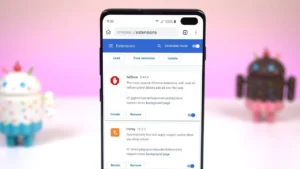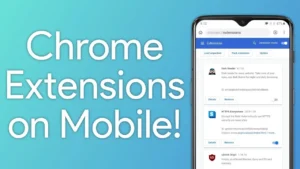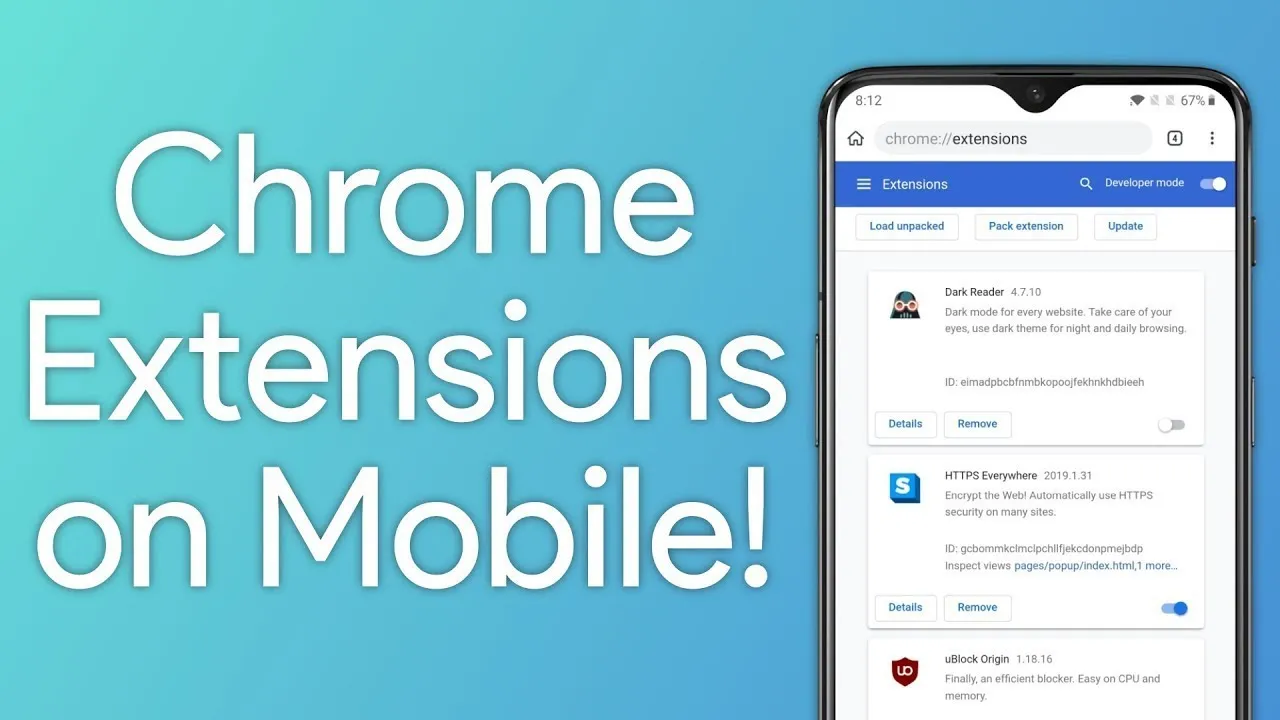Table of Contents
ToggleIntroduction
How to Use Chrome Extensions on Mobile: Chrome extensions have become integral tools for enhancing the browsing experience on desktops, but what about using them on mobile devices? In this blog post, we’ll delve into the compatibility, advantages, and potential limitations of Chrome extensions on mobile platforms.
Installing Chrome Extensions on Mobile
Process Overview
Installing Chrome extensions on mobile devices is not as straightforward as on desktops, primarily due to the difference in architecture and security measures. While Chrome for Android and iOS supports some extensions, the process is not as seamless.
Example: Imagine installing a language translation extension on your desktop to instantly translate web pages. On mobile, a similar extension may require additional steps.
Supported Extensions
Certain Chrome extensions are designed with mobile compatibility in mind. These extensions seamlessly transition from desktop to mobile, providing users with a consistent experience.
Example: The “Pocket” extension, which saves articles for later reading, is available on both desktop and mobile versions of Chrome.

Advantages of Using Chrome Extensions on Mobile
Enhanced Productivity
Select mobile-compatible extensions can boost productivity on the go. Imagine having a password manager extension that works seamlessly across your devices, making logins hassle-free.
Streamlined Browsing
Extensions that focus on ad-blocking or content optimization can significantly enhance your mobile browsing experience. This ensures faster loading times and a cleaner interface.
Limitations and Differences
Security Measures
Due to security concerns, Chrome on mobile imposes stricter limitations on extensions. Some extensions might not function fully to maintain a secure browsing environment.
Example: Extensions with extensive access to web pages may have limited capabilities on mobile to prevent potential security risks.
User Interface Challenges
The smaller screen size of mobile devices can affect the user interface of certain extensions. Some might not adapt well to the limited space, resulting in a less optimal user experience.

Workarounds and Alternatives
Mobile-Optimized Websites
In cases where extensions face limitations, mobile-optimized websites or standalone apps might serve as alternatives. For instance, a dedicated news app could replace an extension that provides news alerts.
Browser Alternatives
Consider using browsers specifically designed for mobile use that support a wide range of extensions. Examples include Kiwi Browser for Android and Microsoft Edge for iOS.
Conclusion
While Chrome extensions on mobile have their limitations, they also bring added convenience and functionality. Understanding these aspects empowers users to make informed choices based on their needs. As technology evolves, we can anticipate more seamless integration of extensions across different devices.


